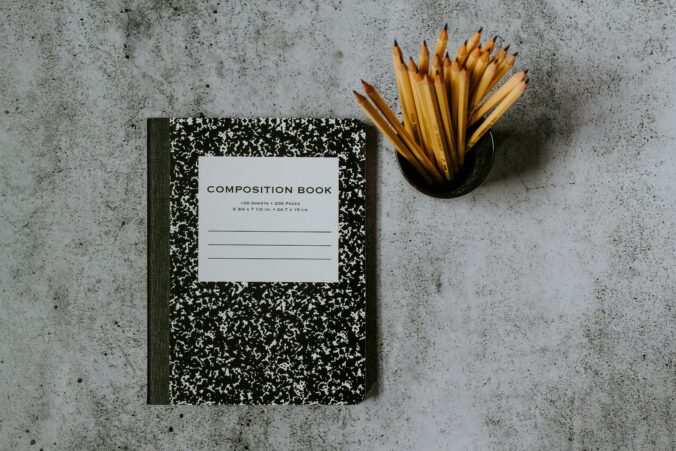Universal Design for Learning (UDL) is a research-based educational framework that aims to make learning accessible and effective for all students, regardless of their individual differences. Rooted in the belief that there’s no “one-size-fits-all” approach to education, UDL provides a set of principles for curriculum development that give all individuals equal opportunities to learn. It encourages flexibility in teaching methods, materials, and assessments to accommodate a wide range of learners, including those with disabilities, learning challenges, or unique preferences. The core principles of UDL focus on providing multiple means of engagement, representation, and action/expression to ensure that diverse learners are supported in the classroom.
Reflecting on UDL
In my view, UDL stands for Universal Design for Learning and its key principles are concerned with the aspects of diversity of learners. UDL encourages a shift from using teaching methods that narrow down students into groups where their results can all be grouped in the same category, to using instructional methods that enable the students to be learnt in different ways. Universal design for learning makes a learning-teaching process more comprehensive and friendly to students by offering various options of interacting with students, presenting knowledge, and evaluating outcomes.
This framework is particularly helpful for designing effective learning environment because it takes into account such diverse features as students’ abilities, background, learning styles etc. Instead of a One-Size-Fits-All approach of adapting instruction for students with disabilities only after a complaint was lodged, UDL offers solutions that assist all students right from the start. On this way, UDL is aimed at preventing the learning barriers and help every child to succeed in learning and unleash their potential.
Mechanisms Incorporated In My Own Learning To Ensure Accessibility
Through this lens, in my own learning or teaching experience I understood that accessibility is very important to offer equal chances of success to every learner. Of course, knowing that students can have various needs, teacher should ensure that those needs will be fulfilled in their class and it is my duty to do this. This include making materials available and receptive concerning the manner in which this material can be handled.
For instance, an adjustable e-book or captioned videos are helpful to a learner, which I am, and make a lot of difference in terms of how one apprehend the material being presented. It is great to have the flexibility of having the content readily available in more than one format as I learn better that way. It is my opinion that implementation of UDL and mindful of accessibility within and across learning spaces must ways contribute to a more effective learning experience for all students.
Consequently, Universal Design for Learning is a critical concept for the advancement of equality within the classroom. In thinking about UDL as a framework for classrooms, it becomes clear that this is useful for making teacher instruction more varied and accommodating to the specific needs of learners whether in the traditional physical classroom or through online platforms. The approaches being that for learners with special needs, as well as the use of modern tools in making content accessible, we can ensure that no learner is left behind, but each has a chance to excel.
